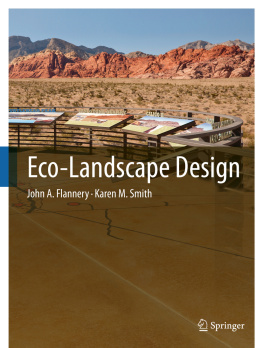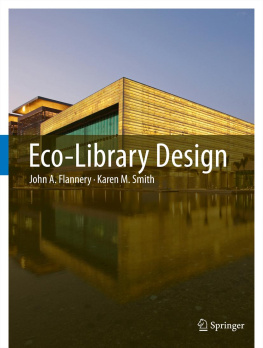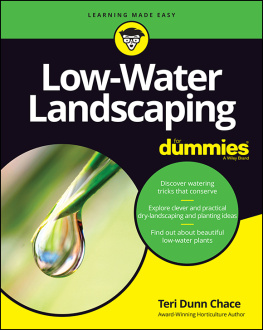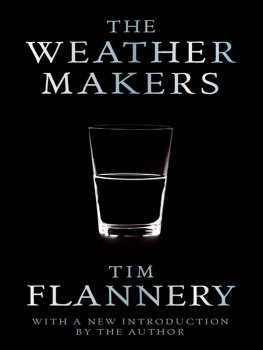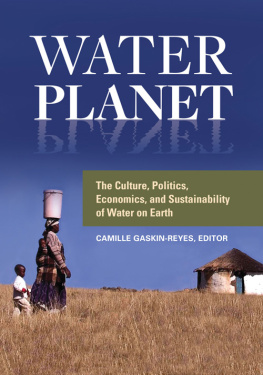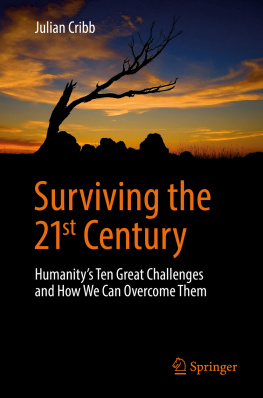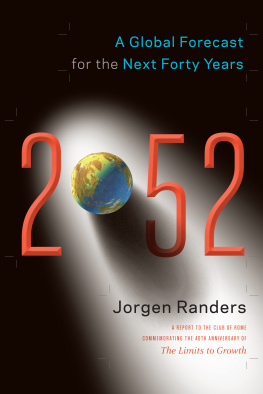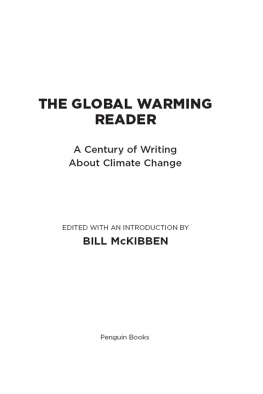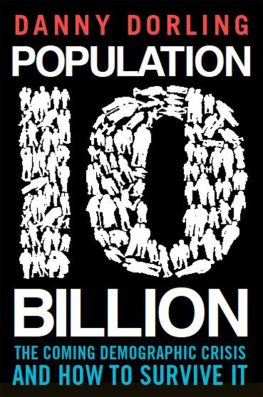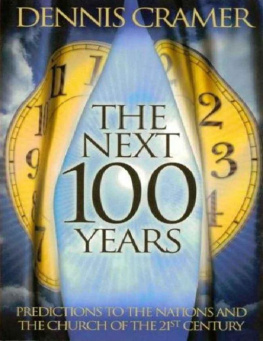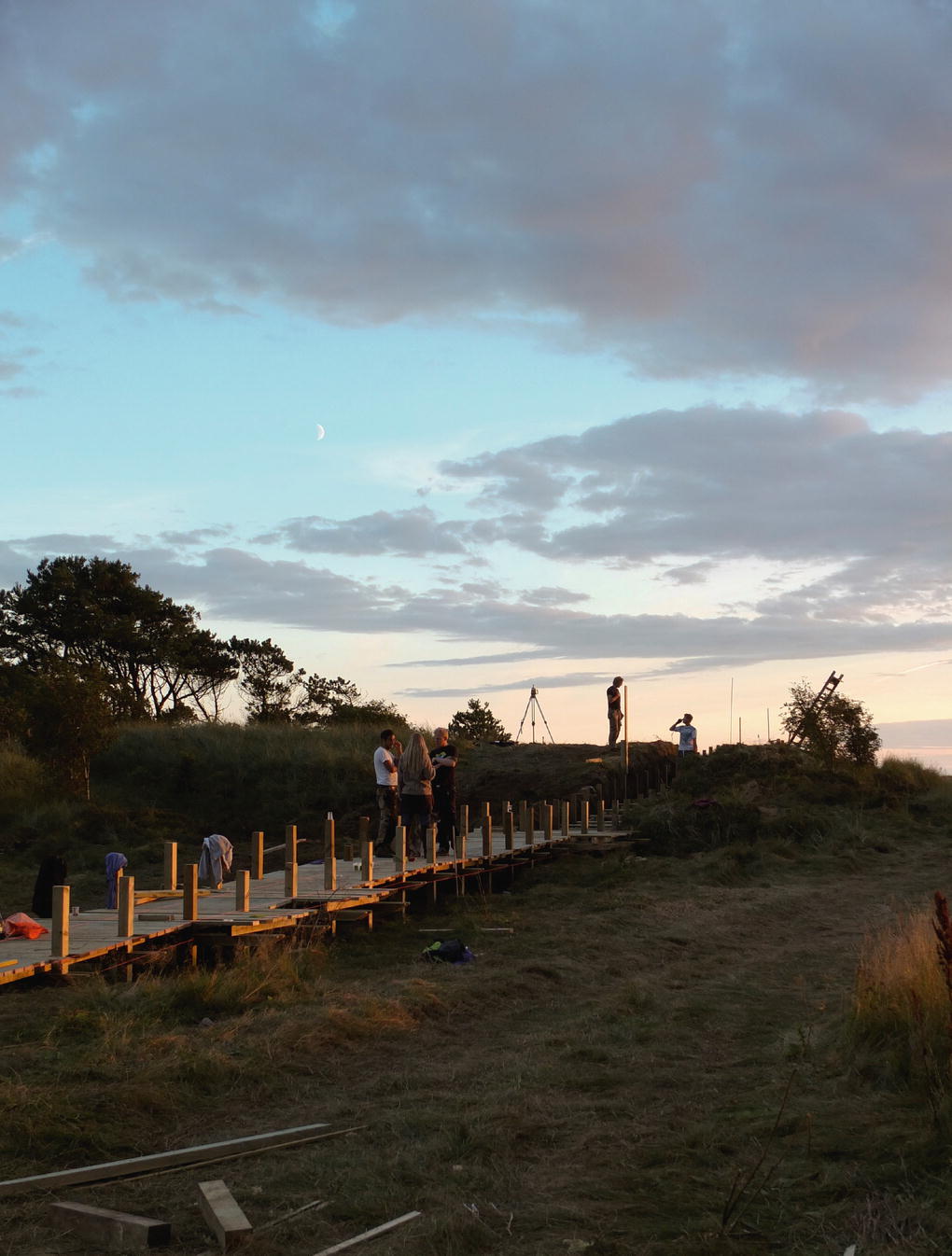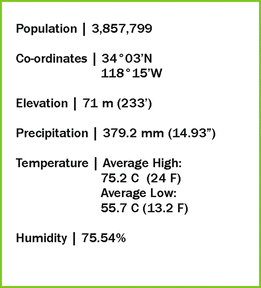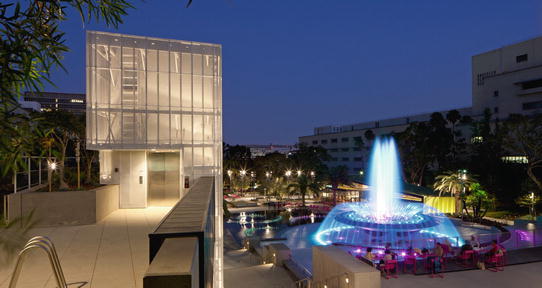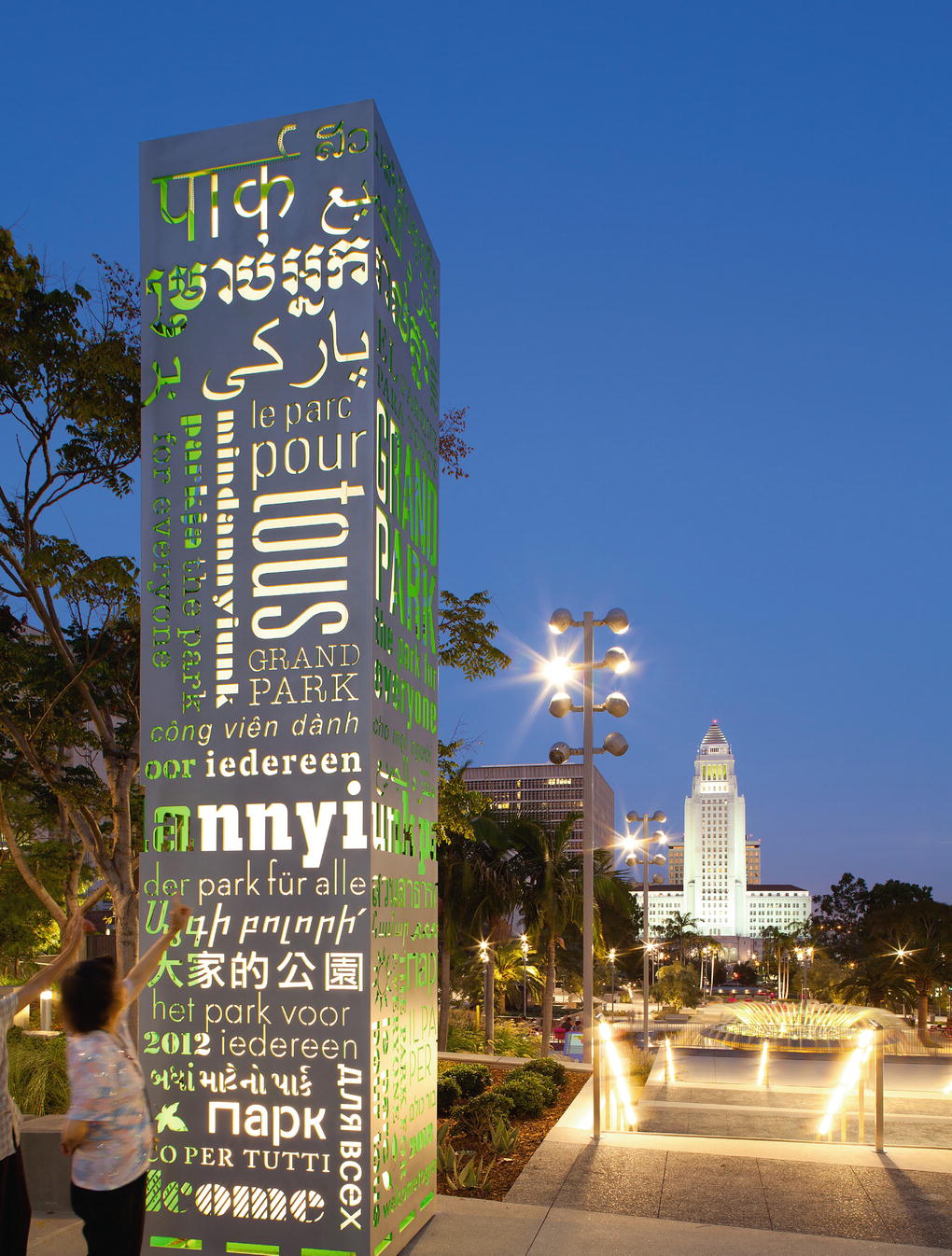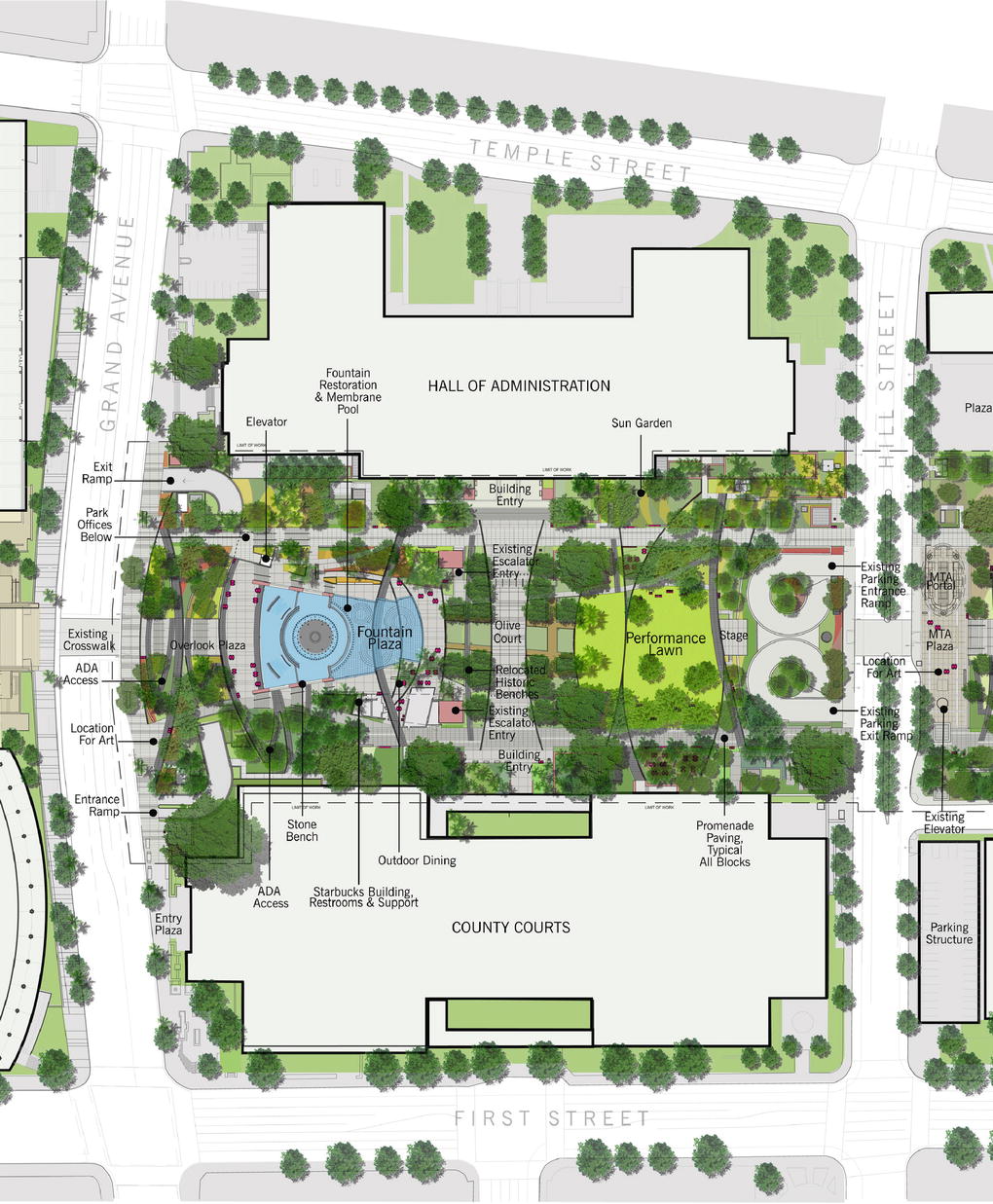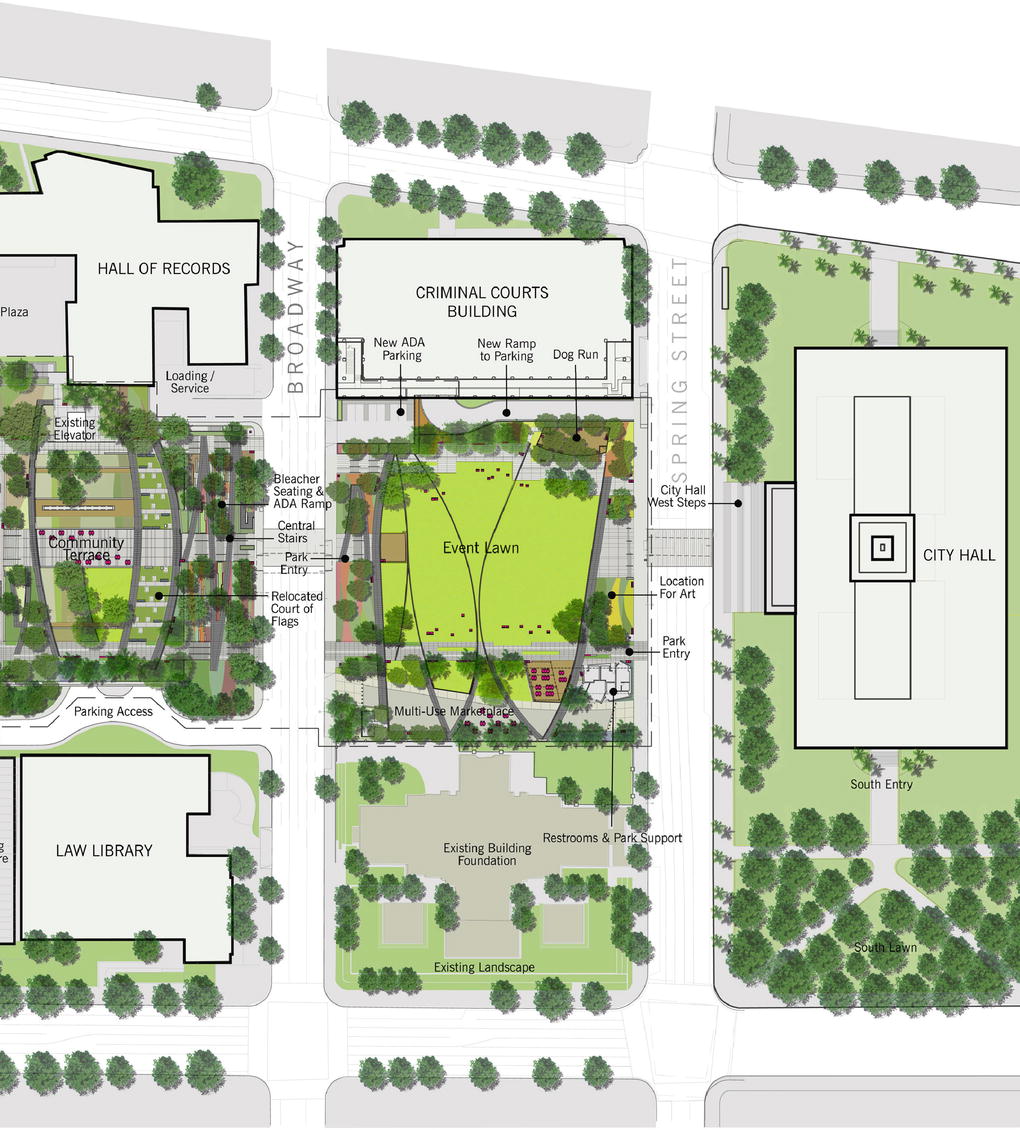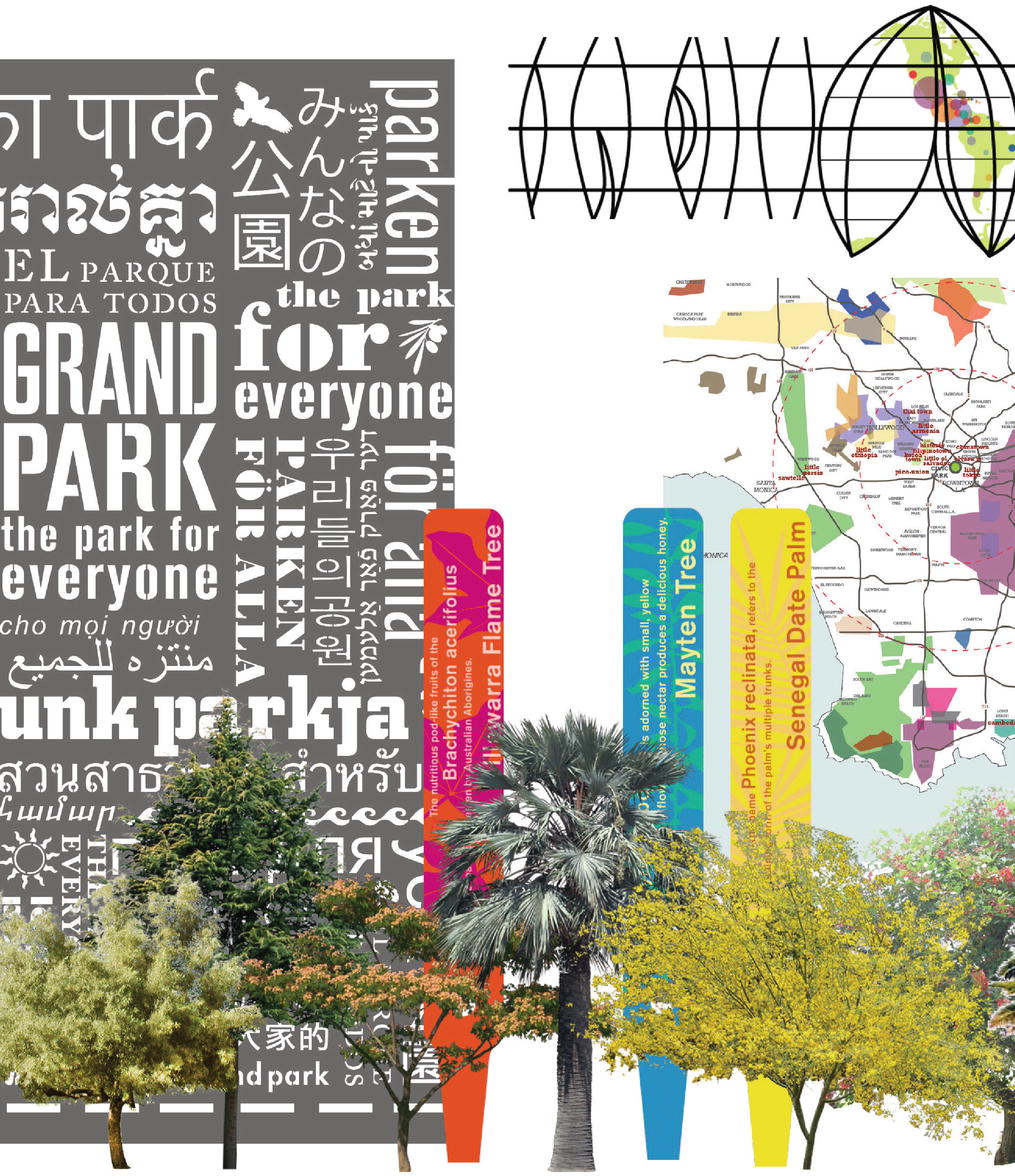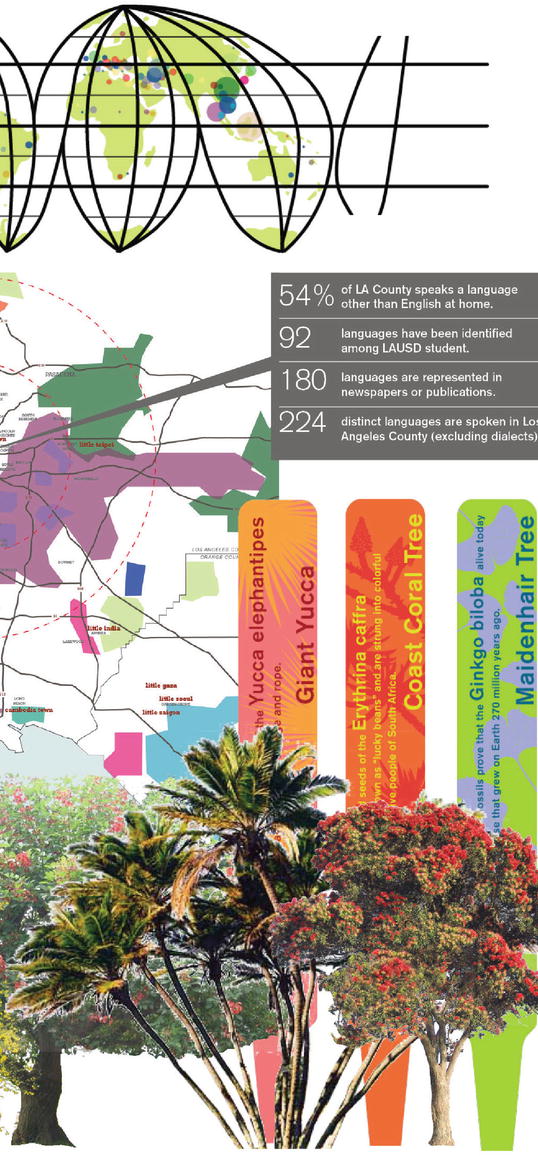John A. Flannery - Eco-landscape design
Here you can read online John A. Flannery - Eco-landscape design full text of the book (entire story) in english for free. Download pdf and epub, get meaning, cover and reviews about this ebook. year: 2014, publisher: Springer International Publishing, Cham, genre: Romance novel. Description of the work, (preface) as well as reviews are available. Best literature library LitArk.com created for fans of good reading and offers a wide selection of genres:
Romance novel
Science fiction
Adventure
Detective
Science
History
Home and family
Prose
Art
Politics
Computer
Non-fiction
Religion
Business
Children
Humor
Choose a favorite category and find really read worthwhile books. Enjoy immersion in the world of imagination, feel the emotions of the characters or learn something new for yourself, make an fascinating discovery.
- Book:Eco-landscape design
- Author:
- Publisher:Springer International Publishing, Cham
- Genre:
- Year:2014
- Rating:3 / 5
- Favourites:Add to favourites
- Your mark:
Eco-landscape design: summary, description and annotation
We offer to read an annotation, description, summary or preface (depends on what the author of the book "Eco-landscape design" wrote himself). If you haven't found the necessary information about the book — write in the comments, we will try to find it.
The ability to adapt to a changing environment has ensured the continued survival of the human race into the 21st century. The challenges to be faced in this century are now well documented by the United Nations Intergovernmental Panel on Climate Change. The effects of drought, melting polar ice and increased incidences of extreme weather events will impact on the diverse landscapes of the earth and a human population predicted to be 9 billion by the middle of the 21st century, a three-fold increase in less than one hundred years.
This book provides a valuable insight into landscaping activity worldwide by those tasked with housing, feeding and nurturing all species that share the planet. Research for this publication reveals the growth of non-anthropized design philosophies, acknowledging that humanity cannot be indefinitely sustained if animal, bird and plant life are excluded. The precious resources of water and the air that we breathe are no longer taken for granted; rivers flowing through the worlds mega-cities are now being cleaned, restored and given pride of place in the landscapes they flow through. Conservation projects provide evidence that even fragile island and desert landscapes can be protected from the negative impacts of population. Eco-Landscape Design demonstrates that an intelligent and thoughtful approach to landscape design can not only ensure survival, it can reap compound benefits and rewards far in excess of those originally envisaged.
John A. Flannery: author's other books
Who wrote Eco-landscape design? Find out the surname, the name of the author of the book and a list of all author's works by series.

